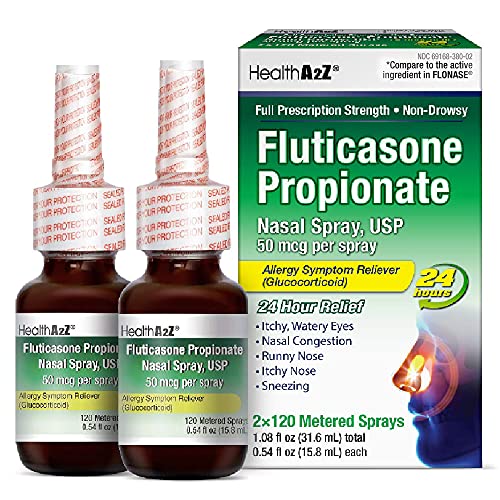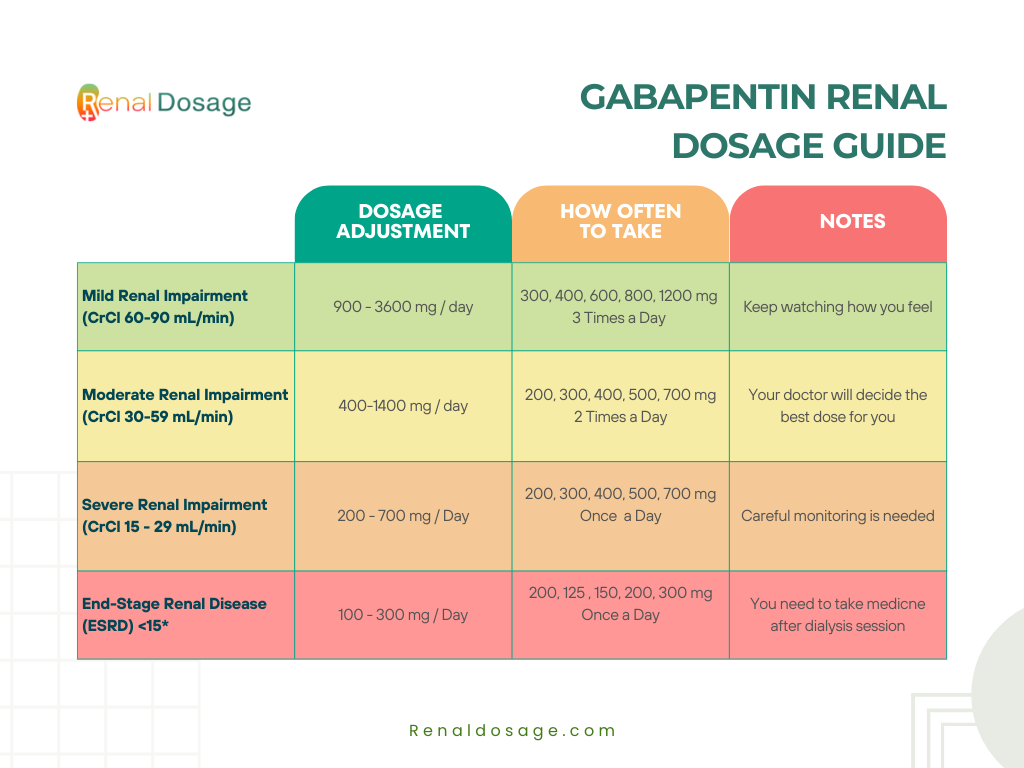Fluticasone propionate nasal spray is a topical corticosteroid used to treat allergic rhinitis, a condition characterized by symptoms such as congestion, runny nose, sneezing, and nasal itching. This medication belongs to the class of corticosteroids, which are known for their potent anti-inflammatory properties. By administering the medication directly to the nasal passages, fluticasone propionate nasal spray provides targeted relief from allergic symptoms, minimizing the risk of systemic side effects associated with oral corticosteroids.
Mechanism of Action
The mechanism of action of fluticasone propionate involves the inhibition of multiple inflammatory cell types and the reduction of inflammatory cytokines. This leads to a decrease in the inflammation and congestion associated with allergic rhinitis. Corticosteroids like fluticasone propionate have a potent vasoconstrictive effect, which helps reduce nasal congestion and edema. Furthermore, they inhibit the release of histamine and other mediators from mast cells, thereby alleviating symptoms such as sneezing, itching, and rhinorrhea.
Indications and Usage
Fluticasone propionate nasal spray is indicated for the treatment of nasal congestion, runny nose, sneezing, and nasal itching associated with seasonal or perennial allergic rhinitis in patients 4 years of age and older. It is also used for the treatment of nasal polyps in patients 18 years of age and older. The medication should be used as directed by a healthcare provider, typically once daily, with the dose depending on the patient’s age and the specific condition being treated.
Administration and Dosage
The dosage of fluticasone propionate nasal spray varies by age and indication. For adults and children aged 12 and older, the recommended starting dosage for the treatment of allergic rhinitis is 2 sprays (50 mcg/spray) in each nostril once daily. Children between the ages of 4 and 11 typically start with 1 spray (50 mcg/spray) in each nostril once daily. For the treatment of nasal polyps in adults, the dosage may be higher, up to 2 sprays in each nostril twice daily.
Side Effects and Precautions
While generally well-tolerated, fluticasone propionate nasal spray can cause side effects, including nasal congestion, nasal ulcers, headaches, and throat irritation. Less common but more serious side effects include glaucoma, cataracts, and perforation of the nasal septum, particularly with prolonged use or at high doses. Patients should be advised to report any signs of infection, such as a fever, or increased nasal discharge, to their healthcare provider.
Interactions and Contraindications
Fluticasone propionate nasal spray can interact with other medications, including ketoconazole, ritonavir, and other potent cytochrome P450 3A4 inhibitors, which may increase the risk of systemic corticosteroid effects. It is contraindicated in patients with a history of hypersensitivity to any of the ingredients of the product. Special caution is advised in patients with tuberculosis, fungal or bacterial infections, or ocular herpes simplex, due to the potential for corticosteroids to worsen these conditions.
Patient Counseling
Patients using fluticasone propionate nasal spray should be counseled on the proper use of the medication, including shaking the bottle gently before each use, priming the pump if necessary, and administering the dose directly into the nasal passages while avoiding the eyes. Patients should also be advised to report any worsening of symptoms or signs of potential side effects to their healthcare provider.
Pharmacokinetics and Pharmacodynamics
Fluticasone propionate is a prodrug that is hydrolyzed to its active metabolite during absorption. It has a high first-pass metabolism and low systemic bioavailability, which minimizes the risk of systemic corticosteroid effects. The medication’s pharmacodynamic properties, including its potent anti-inflammatory and immunosuppressive actions, contribute to its efficacy in treating allergic rhinitis and nasal polyps.
Future Directions
The development of corticosteroid nasal sprays like fluticasone propionate represents a significant advancement in the treatment of allergic rhinitis and nasal polyps. Future research directions may focus on improving the delivery systems of these medications to enhance compliance and efficacy, or on developing new corticosteroids with even more favorable safety profiles. Additionally, the role of corticosteroid nasal sprays in combination with other therapies, such as antihistamines or immunotherapy, may be further explored to optimize treatment outcomes for patients with these conditions.
Comparison with Other Treatments
In comparison to oral antihistamines or decongestants, fluticasone propionate nasal spray offers the advantage of targeted delivery, reducing the risk of systemic side effects. However, it may be less effective for rapid relief of acute symptoms and is generally recommended for long-term management of chronic conditions. Combination therapy with other classes of medications, such as antihistamines for itching and sneezing or decongestants for nasal congestion, may be considered in patients who do not achieve adequate relief with monotherapy.
Conclusion
Fluticasone propionate nasal spray is a valuable treatment option for patients with allergic rhinitis or nasal polyps, offering effective relief from symptoms with a favorable safety profile when used appropriately. As with any medication, careful patient selection, proper dosing, and ongoing monitoring are essential to maximize benefits and minimize risks. By understanding the mechanisms, indications, and potential interactions of fluticasone propionate, healthcare providers can make informed decisions about its use and help patients achieve optimal outcomes.
Step-by-Step Guide to Using Fluticasone Propionate Nasal Spray
- Read the patient information leaflet provided by the pharmacist before you start using fluticasone propionate and each time you get a refill.
- Gently shake the bottle before each use.
- Prime the pump if you are using it for the first time or if you have not used it for more than 30 days.
- Administer the prescribed number of sprays into the nostril(s) as directed.
- Avoid spraying the medication into the eyes or onto the nasal septum.
- Wipe the tip of the bottle with a clean tissue and replace the cap after use.
Pros and Cons of Fluticasone Propionate Nasal Spray
Pros:
- Effective relief from symptoms of allergic rhinitis and nasal polyps.
- Targeted delivery reduces the risk of systemic side effects.
- Once-daily dosing can improve compliance.
Cons:
- Potential for local side effects such as nasal irritation or bleeding.
- May not be suitable for patients with certain medical conditions or taking specific medications.
- Requires regular use for optimal effect, which may be a drawback for some patients.
What is the most common side effect of fluticasone propionate nasal spray?
+The most common side effects include nasal congestion, nasal ulcers, headaches, and throat irritation.
Can I use fluticasone propionate nasal spray if I am pregnant or breastfeeding?
+Fluticasone propionate nasal spray should be used during pregnancy only if the potential benefit justifies the potential risk to the fetus. It is not known whether fluticasone propionate is excreted in human breast milk; caution should be exercised when administered to nursing women.
How long does it take for fluticasone propionate nasal spray to start working?
+Fluticasone propionate nasal spray may start to work within a few days, but its full effect may take several weeks.
Can I stop using fluticasone propionate nasal spray if my symptoms improve?
+No, you should not stop using fluticasone propionate nasal spray without talking to your doctor. If you stop using fluticasone propionate nasal spray too soon or skip doses, your symptoms may come back.

